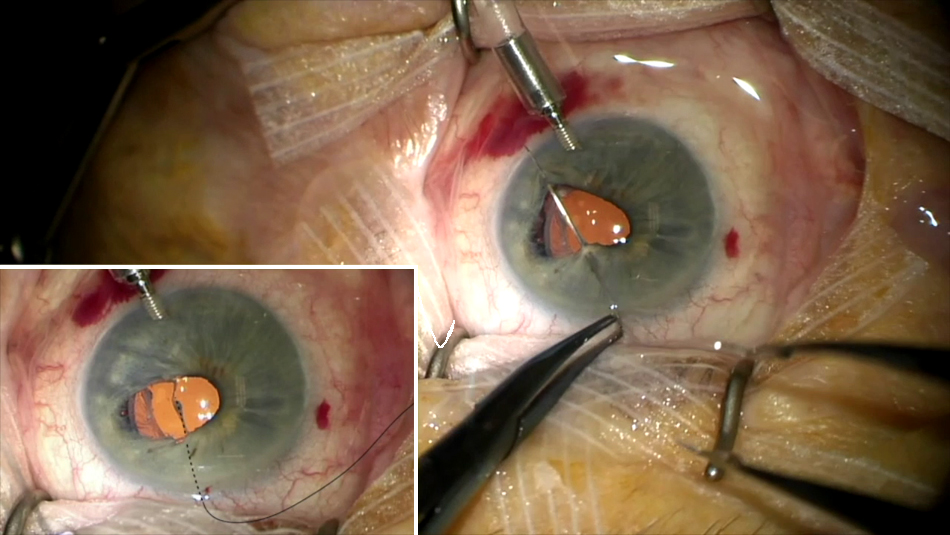Video-based surgical curriculum for open-globe injury repair, VI: other trauma sequelae
Main Article Content
Abstract
As one of the most severe forms of ocular trauma, open-globe injury (OGI) causes significant vision loss. Timely and meticulous repair of these injuries can improve patient outcomes. This video-based educational curriculum is intended to serve as an efficient yet comprehensive reference for OGI repair. We hope that these video-based articles help surgeons and trainees from around the world find answers to specific surgical questions in OGI management. The curriculum has been divided into six separate review articles, each authored by a different set of authors, to facilitate a systematic and practical approach to the subject of wound types and repair techniques. The sixth article highlights special considerations in the management of open-globe injuries and their sequelae, including management of traumatic cataracts and trauma to the iris.
Downloads
Article Details

This work is licensed under a Creative Commons Attribution-NonCommercial-NoDerivatives 4.0 International License.
References
Gradle HS. Rupture of the sphincteral portion of the iris produced by blunt trauma. Arch Ophthalmol 1934;11:92-101. DOI: https://doi.org/10.1001/archopht.1934.00830080100011
Sharma A, Votruba M. Thymoxamine in the treatment of traumatic mydriasis. Br J Ophthalmol 1993;77:681. DOI: https://doi.org/10.1136/bjo.77.10.681-a
Warrak EL, Sammouh FK, Baban TA. Corneal inlay implantation to treat extensive glare and photophobia in a young patient with traumatic mydriasis. JCRS Online Case Reports 2015;3:19-21. DOI: https://doi.org/10.1016/j.jcro.2014.12.004
Lian RR, Siepser SB, Afshari NA. Iris reconstruction suturing techniques. Curr Opin Ophthalmol 2020;31:43-9. DOI: https://doi.org/10.1097/ICU.0000000000000628




